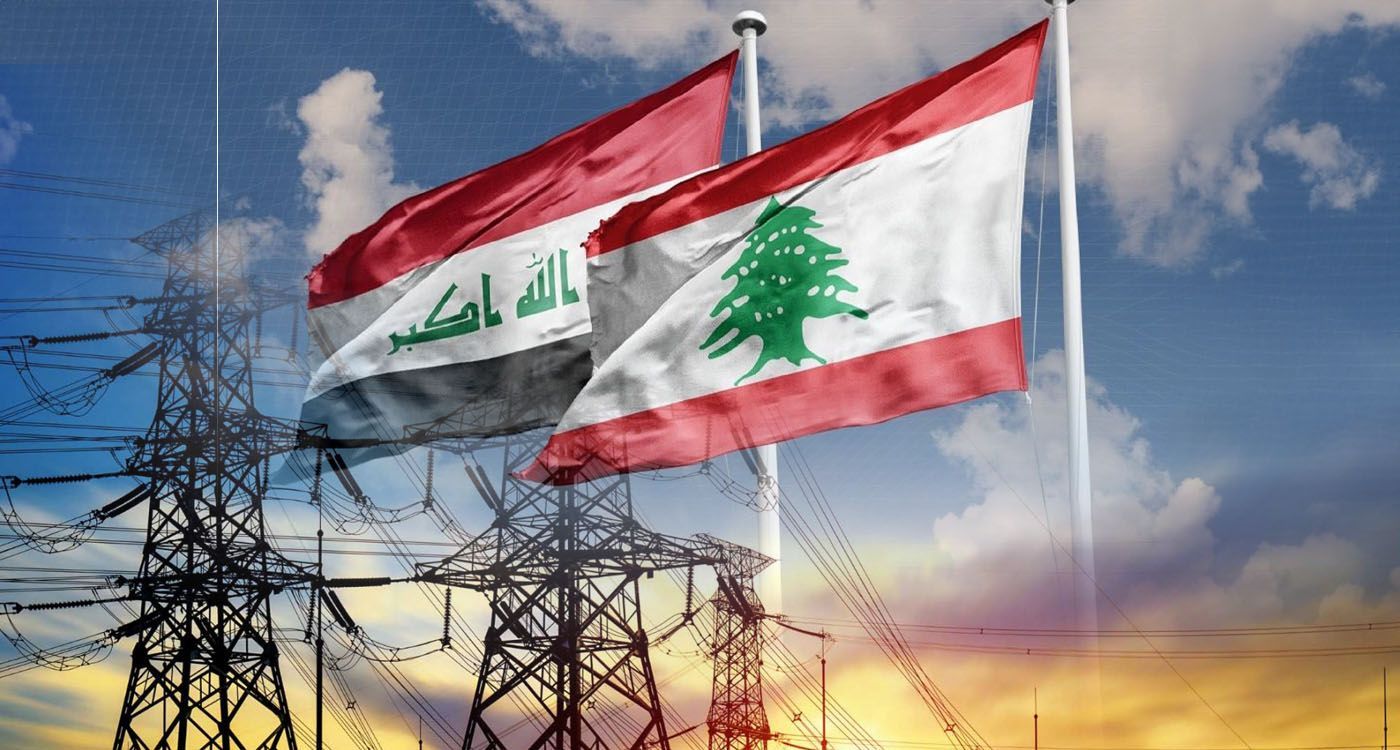
Will Iraqi oil once again flow through Tripoli, capital of North Lebanon? The project is back on the table, but its outcome remains uncertain.
Baghdad is signaling determination. Oil Minister Hayan Abdel Ghani confirmed that the option is under serious study. To show goodwill, he also mentioned the possible rehabilitation of Kirkuk-Baniyas pipeline.
“Reviving Kirkuk-Tripoli and Kirkuk-Baniyas pipelines would provide both economic and geopolitical benefits for Iraq and Syria, while opening new opportunities for Lebanon,” said Mazhar Mohamad Saleh, economic adviser to the Iraqi Prime Minister.
Iraq’s Goal: Reducing Dependence on Southern Ports
For the land of the Tigris and Euphrates, the “strategic” objective is clear: Iraq is betting on the Kirkuk-Baniyas and Kirkuk-Tripoli pipelines to diversify its oil export routes and reduce reliance on southern ports.
These strategic corridors would give Iraqi oil direct access to the Mediterranean, bypassing the constraints of navigation in the Gulf and the Strait of Hormuz, while opening new opportunities in European, Asian and North American markets. This option takes on added importance amid disputes with Turkey over exports from the port of Ceyhan.
Kirkuk-Tripoli and Kirkuk-Baniyas: Two Branches, One Network
Kirkuk-Tripoli and Kirkuk-Baniyas pipelines are not identical, but they are part of the same historic system linking Iraq’s northern oil fields to the Mediterranean. Archival documents show that the main line split into two branches, serving both Tripoli and Baniyas, and turning them into complementary outlets for Iraqi oil exports.
Exports to Lebanon date back to 1931, thanks to a concession granted to Iraq Petroleum Company, which transported crude to the Baddawi area near Tripoli for refining and export. A refinery with a capacity of 21,000 barrels per day was commissioned in 1940 to handle these flows. Thus, the Kirkuk-Tripoli pipeline is older than its Baniyas counterpart, built in 1951. A second line, with a capacity of 400,000 barrels per day, was added to the Kirkuk-Tripoli route in 1950.
Today, both pipelines are idle. Restarting their infrastructure could help Baghdad reach its goal of producing 3 million barrels per day, while boosting the country’s attractiveness to investors in the oil sector.
Lebanon Opens Talks with Iraq
In May, Beirut and Baghdad raised the issue at the highest level. But on the ground, many obstacles remain: technical hurdles, logistical constraints and a heavy political context. “This project responds to a vital need for Lebanon, but it is a long-term endeavor. Nothing suggests it could ease our economic crisis in the short term,” said a source close to the file.
Lebanese authorities insist they are willing to cooperate with Iraq and Syria. They are fully aware of what is at stake in rehabilitating the Kirkuk-Tripoli pipeline, coupled with a modernization, or even a reconstruction, of Tripoli’s refinery. Until 1984, when the pipeline was shut down, Lebanon received from Baghdad nearly one dollar per barrel of crude in transit fees, in addition to preferential tariffs on part of the crude allocated for local consumption.
For its part, Iraq has indicated readiness to mobilize funding for the project, and is even considering linking a new line from Basra to the Kirkuk-Tripoli pipeline.
Syria Seeks to Seize the Opportunity
Meanwhile, Syria has moved quickly to seize the opportunity. Last Monday, Energy Minister Mohammad Bashir traveled to Iraq on an official visit to discuss rehabilitating and maintaining the Kirkuk-Baniyas pipeline, which has been idle for more than 22 years.
Built in 1952, stretching about 800 km, and capable of exporting 300,000 barrels per day, this pipeline once linked northern Iraq’s oil fields to the Syrian port of Baniyas on the Mediterranean, before being shut down in 2003 due to war. Several attempts to revive it – in 2007, 2010 and 2017 – failed amid political tensions and insecurity.





Comments